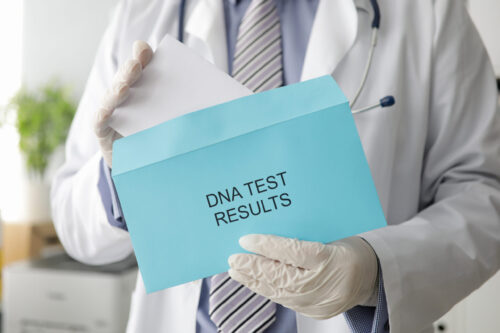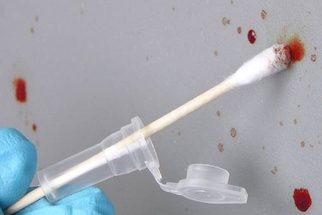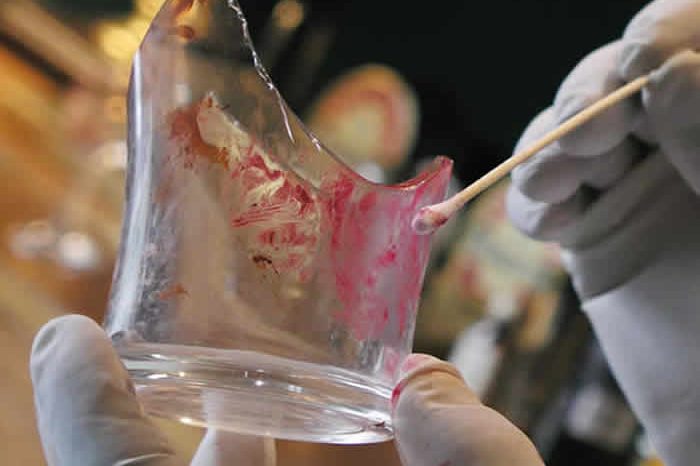DNA TEST LEGAL
OR NOT LEGAL?
It is estimated worldwide that 1 in 3 “parents” are not raising their real child, so suspicions are on the rise and it is becoming more and more common to hear of someone who has had a DNA test to find out the link between them. paternity and thus have the peace of mind that comes with certainty.
The expert evidence is the quintessential test in trials of recognition, ignorance and investigation of paternity, as well as in testamentary and maintenance trials.
It is estimated that in Mexico 90% of judicial divorces have children under 18 years of age, therefore, 3 out of 4 parents do not pay alimony after separating from their partner and 67% of single mothers do not receive support from the man to support the children.
Therefore, when evaluating and determining that the development and stability of the children is compromised, the Expert Test of Legal Paternity is required to protect the best interests of the minor.
The difference between a legal test and a non-legal test is that the sampling procedure is different.
Legal
It is carried out within a court procedure in the presence of an clerk, secretary or judge who attests to the diligence, the well-known chain of custody process is followed, the samples are taken by a neutral third person who verifies the identity of the people subjected to the test (photo documentation) and will assume responsibility for handling them, in order to guarantee that there was no manipulation of the samples, certifying the authenticity and at the end delivering an expert opinion that contains the statement of the problem , description of the samples to be analyzed, methodology, rationale, analysis and interpretation of the results, conclusions and bibliography.
Not Legal
It is a test for personal knowledge, it can be anonymous or use pseudonyms and because the taking of the samples does not follow a strict follow-up, there could be an unintentional or intentional manipulation of the samples and the results would not have value in legal trials.
Both the legal and the non-legal test guarantee the same accuracy in the results of 99.99% if it is compatible or 0% if it is not compatible. The interpretation must always be accompanied by a paternity probability value and a Combined Probability Index that must be so high that paternity is practically proven. Being a definitive and permanent result, it can be guaranteed for life.
Author: QB. Barbara Andrade
Bibliography
- Protocolo de actuación para quienes imparten justicia en casos que involucren Niñas, Niños y Adolescentes, Suprema corte de justicia de la nación, segunda edición, 2014
- Protocolos de Cadena de custodia, Gobierno federal, segunda edición, 2013
- Curso Perito experto en Genética forense, modulo 2, Toma de muestras de referencia en casos de Paternidad y otros vínculos biológicos, QFB. Ixchel de la Luz Martínez, IdentidADN y Sociedad latinoamericana de Genética forense, Agosto 2019







